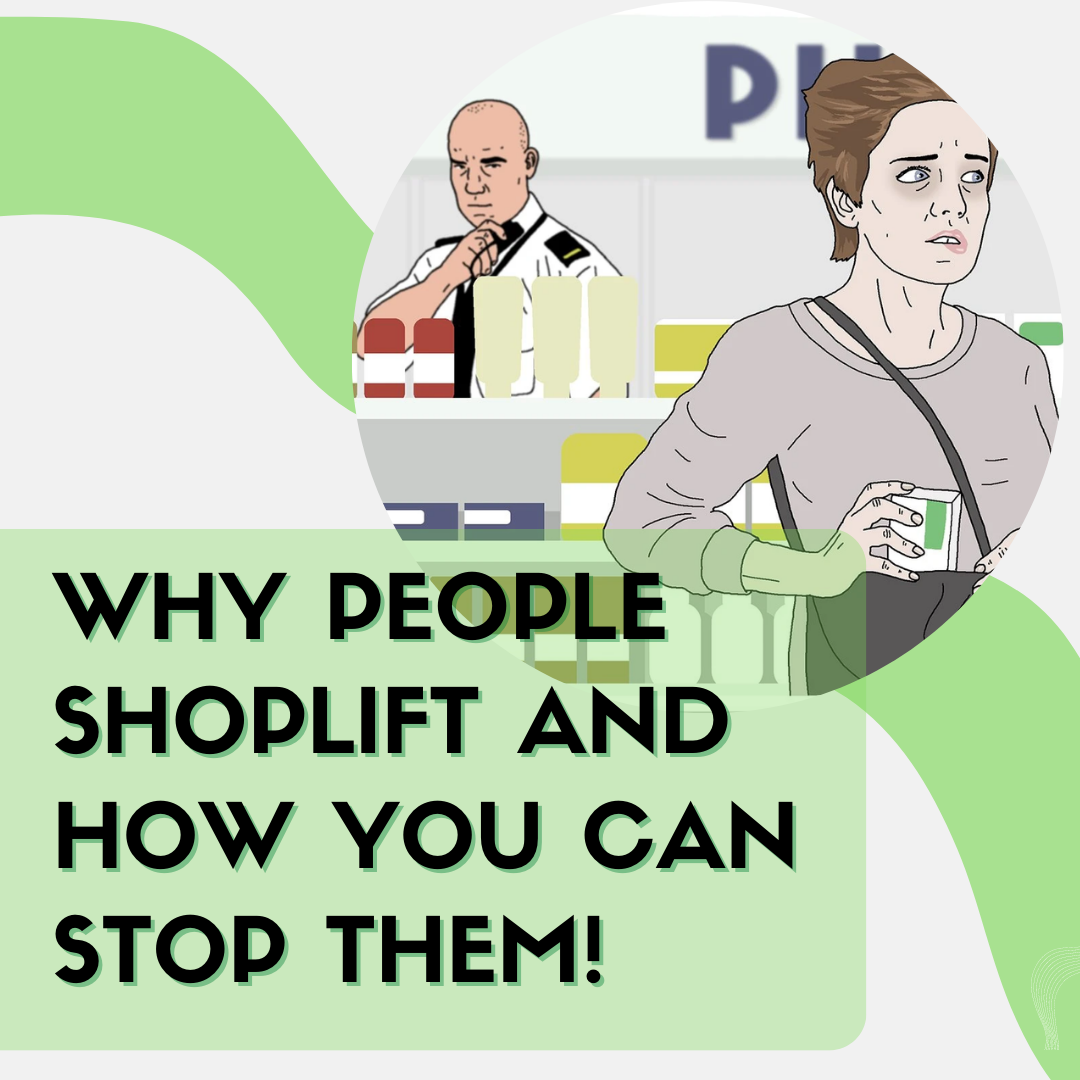
The Top 5 Most Shoplifted Items and Why
Shoplifting is a serious crime that affects businesses and individuals all over the world. According to the National Retail Federation, retailers lose billions of dollars each year due to shoplifting. While many items are stolen, there are some that are more commonly targeted by shoplifters. Here are the top 5 most commonly shoplifted items and why they are targeted.
-
Alcohol:
Alcohol is one of the most commonly shoplifted items due to its high cost and easy concealment. Many shoplifters steal alcohol to either consume it themselves or sell it to others for a profit. In addition, alcohol is sometimes kept in a separate area of the store, making it easier to access and steal without being noticed.
-
Makeup and cosmetics:
Makeup and cosmetics are another common target for shoplifters. These items are often small and easy to conceal in a purse or pocket. They are also high in demand and can be resold for profit. Additionally, many cosmetic items are often kept in accessible areas of the store, making it easy for shoplifters to quickly grab them and walk out unnoticed.
-
Clothing and fashion accessories:
Clothing and accessories are also frequently stolen by shoplifters. These items can be expensive and desirable, and many shoplifters steal them for personal use or to sell them to others. Additionally, clothing and accessories are often easy to conceal or layer and can be quickly resold for profit.
-
Electronics:
Electronics are another popular target for shoplifters. These items are often expensive and in high demand, making them attractive to thieves. In addition, many electronic items are small and easy to conceal, and some can be resold for a high profit. Furthermore, electronics are often located in areas of the store where there is less staff supervision, making it easier for shoplifters to steal them unnoticed.
-
Food and groceries:
While it may seem surprising, food and groceries are also commonly stolen by shoplifters. This is often due to financial hardship, as many individuals may not be able to afford groceries or may be struggling to make ends meet. In addition, food and groceries are often easy to conceal and can be quickly consumed or resold.
Conclusion:
While the reasons for stealing these items may vary, the impact of shoplifting on businesses and individuals is significant. The cost of shoplifting is passed on to consumers in the form of higher prices. Additionally, shoplifting can result in legal consequences, including fines, community service, and even jail time.
To prevent shoplifting, retailers can take several measures, including increasing staff supervision, installing security cameras, or investing in high-quality loss prevention products such as security tags and labels.
In conclusion, while any item can be targeted by shoplifters, certain items are more commonly stolen due to their high value, demand, and ease of concealment. Retailers can take steps to prevent shoplifting and protect their businesses, but it is important for individuals to understand the impact of their actions and the consequences of shoplifting. By working together, we can help prevent this crime and ensure that businesses and consumers are protected.


